Billions of Dollars in the 2 Bailouts
Who has the problem?
On Friday, the second largest bank collapse in U.S history occurred Friday as US regulators, the Federal Deposit Insurance Corporation (FDIC), shut down Silicon Valley Bank (SVB). This followed on from Signature Bank, mid last week. In this article I will only reference the SVB bailout, the two bailouts are quite similar and can be viewed as the “bailouts”.
On Monday, and I am not going to play with words, all SVB depositors were bailed out. But wait who’s really being bailed out? Before we get to that, I will deal with who is not being bailed out. Obviously as the Bank is gone the common Stockholders are also gone and some unsecured lenders. I assume this will be the junior debt holders, on Friday the SVB junior debt was trading at 12.5c per share. Certainly, the Board and Senior Management are out as well.
This is all correct!
Beyond this, it starts to become a complicated story very quickly. Not for the short-term, all depositors are protected, and the Bank will be either sold or maybe closed down. It is the long-term implications or impacts, that are really impossible to determine. What will come of all this one can only hypothesize.
Let’s take a look.
THE BAILOUT
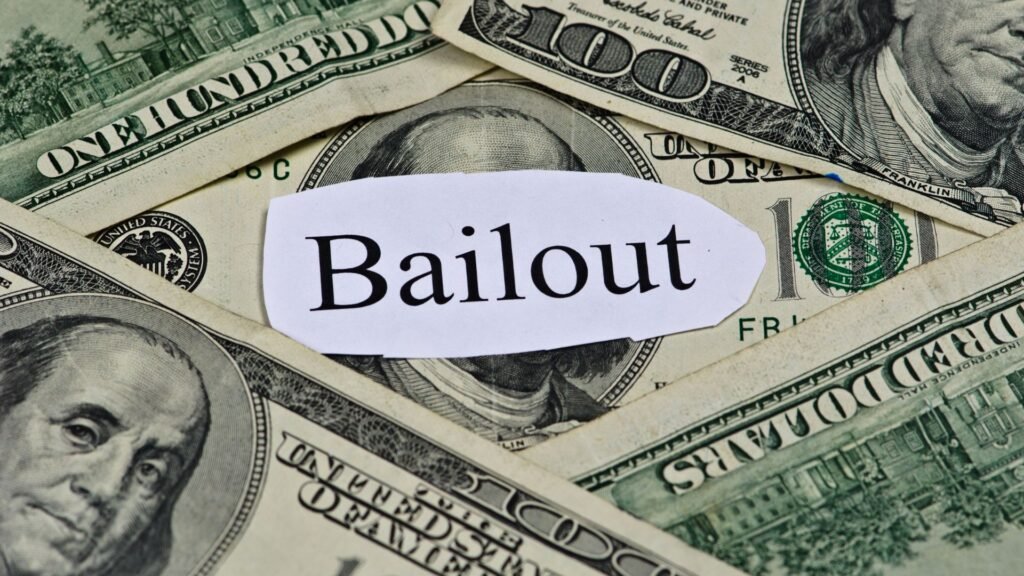
THE BAILOUT
Thus, despite comments to the contrary the U.S Government bailed out depositors of SVB. All the depositors, including the deposits above the USD 250,000 will be guaranteed. Look, this is massive! Does it mean that all bank deposits in the U.S. now guaranteed?
What does this mean?
As usual, the final act in the collapse of a bank was triggered by a run-on deposits. In the case of SVB depositors withdrew over USD 42 billion in Cash. This amounted to around 20% of the bank’s funding base, it was insolvent. To be clear, last Friday the fears and tears were very really, billions in deposits were essentially blocked.
A whole industrial ecosystem in California, the Tech and Biotech sectors were going to be put in peril. Think about it, companies were going to collapse through no fault of their own. The employees of these companies were not going to receive their pay checks. Business serving these communities would have been negatively impacted. Fear breeds fear.
It is a bailout, despite the rhetoric from U.S Government officials. But who is being bailed out, the list is long and soon becomes questionable. Yes, depositors are being bailed out, OK we know this, but more questions have been raised than answered. Here is a list of questions, by no means is this a complete list.
QUESTIONS

- First off what is the Fed’s biggest mistake?
- Keeping rates too low to begin with or raising rates to fast?
- The CEO sold $3.5 mn in shares, in January. This is Insider Trading, will the SEC investigate?
- Following the bailouts, is there a higher-level systemic risk in U.S. banks?
- Is the demise of SVB an isolated event?
- One key issue and failure are securities classified as “held to maturity”. Is this the systemic risk for the Bank Sector?
- Did they bailout the startup Tech and Biotech Sectors?
- How many of these companies or ideas would have been seeded had interest rates been set at a normal level over the past 10 years?
- Did they bailout Cryptocurrencies?
- Did they indirectly bailout incompetent bank managers?
- Or did the U.S Government bailout the U.S Government?
ACCOUNTING FIX & RISING INTEREST RATES
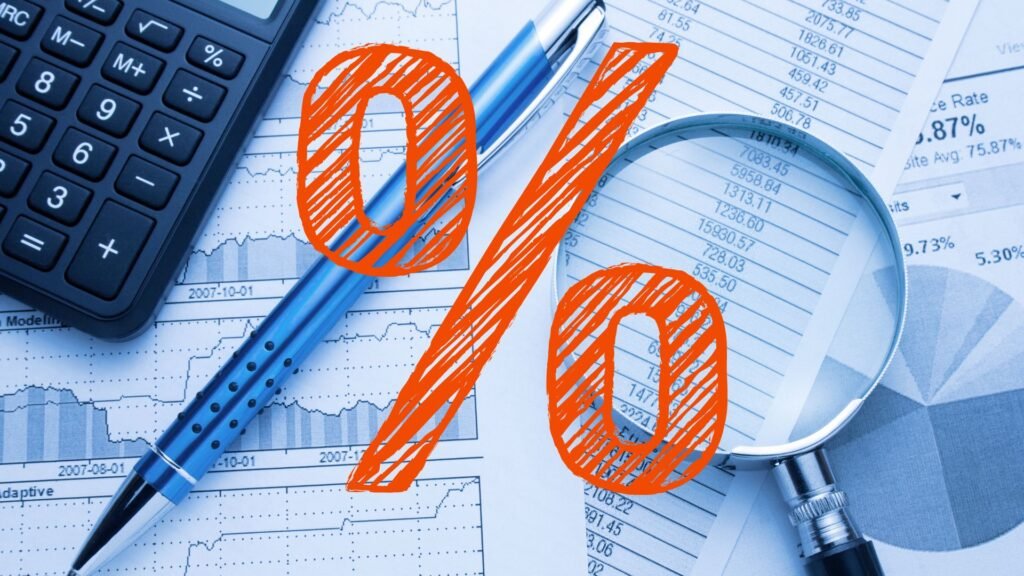
A cocktail of an Accounting Fix and Rising Interest Rates did the Damage
OK, I am not going to “dance around” the issues at SVB, first there appears to be a case to investigate Insider Trading. Let’s cut right to the chase, the collapse of SVB was not created last week. There was one critical issue and an epic failure in Bank Risk Management, which lead to the demise of SVB. All this seemingly aided by a systemic level of ignorance about Enterprise Risk Management within their client base. OK, why not I will also lay some blame at the door of the Fed, but it is not what you think.
Traders from all around the world use online trading to benefit from the world’s largest and most liquid markets, trading up to $6 Trillion per day.
Due to innovations in technology investors and traders can now invest in a range of securities. Forex, Commodities, Energies, Indices & Stocks, easily to trade with FX PRIMUS at the click of a button.
THE STENCH OF INSIDER TRADING

Sold 12,451 Shares, USD 3.5 million
Before I get to all this, let me address the biggest issue and that is potential criminal activity by the CEO. I believe in January this year, SVB’s CEO Gregory W. Becker, sold 12,451 shares with a trade value of over USD 3.5 million. This appears to be classic Insider Trading. The CEO would have had known about the paper loss, on market-to-market basis on the U.S Treasuries portfolio. Securities classified as Held to Maturity. OK, it is only a paper loss. That is until the loss is crystalised when SVB had to generate cash to pay out deposits because there is a run on the Bank. Ultimately that loss amounted to USD 1.8 billion.
I would expect an investigation is to follow by the SEC and I believe it is possible that charges will be filed. Of course, everyone is innocent until proven guilty but on the surface, this does not look good. I am certain the SEC will pursue an investigation, if found guilty the maximum fine is USD 5 million and 20 years in jail.

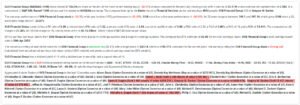
I really want to emphasise that before investing in any stock, check for Insider Activity. The Financial database I use called FINSCREENER has the trade clearly noted. Do your Due Diligence and never invest in a stock if you see this, ever.
EVENTS IN SVB STORY

The series of events in SVB story…so far
- SVB mid-week announced a capital raising of USD 2.25 billion in a combination of common and convertible preferred stock. This Tier 1 Capital is required to stabilise the USD 209 billion balance sheet.
- The key was that SVB has incurred a loss of USD 1.8 billion on the forced sale of over USD 21 billion in Fixed Income securities.
- The Stock Market was taken back, not expecting this and the downward spiral began. On Friday, SVB stock price collapsed more than 60%.
- The demise was not only the stock price, but depositors also withdrew an astounding USD 42 billion in cash or 20% of SVB’s total liabilities, funding base.
- California financial regulation agency confirmed that SVB was insolvent, due to insufficient liquidity, with a current negative cash balance USD 958 million.
- By Friday, SVB was forced to abandon its plans to raise new capital, the FDIC stepped in, and the search began for a buyer.
- Monday morning, depositors have been bailed out.
THE FEDERAL RESERVE BANK
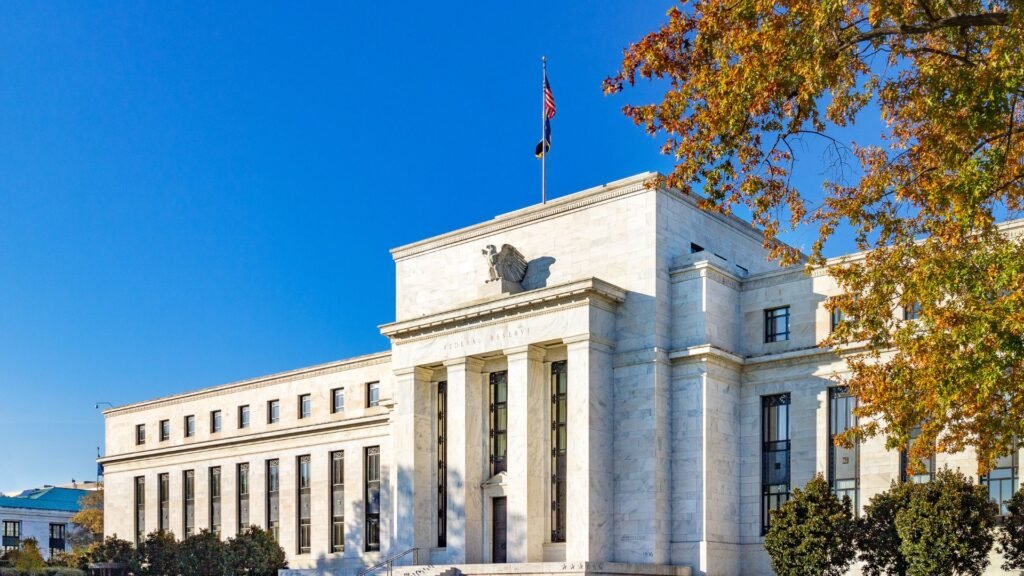
The Fed and the recent history of U.S. Monetary Policy
let me deal with the issue being the role of the Fed, but this is not the usual commentary. I would strongly argue the core problem were that U.S. Interest Rates, were held way too low for way too long. This penalises savers and encourages risk takers, in Silicon Valley this the “fake it to you make it crowed”. Look banks are basically highly leveraged retail businesses, a potent cocktail as asset values falls and funding rates rise.
SYSTEMIC RISKS IN U.S. BANKS
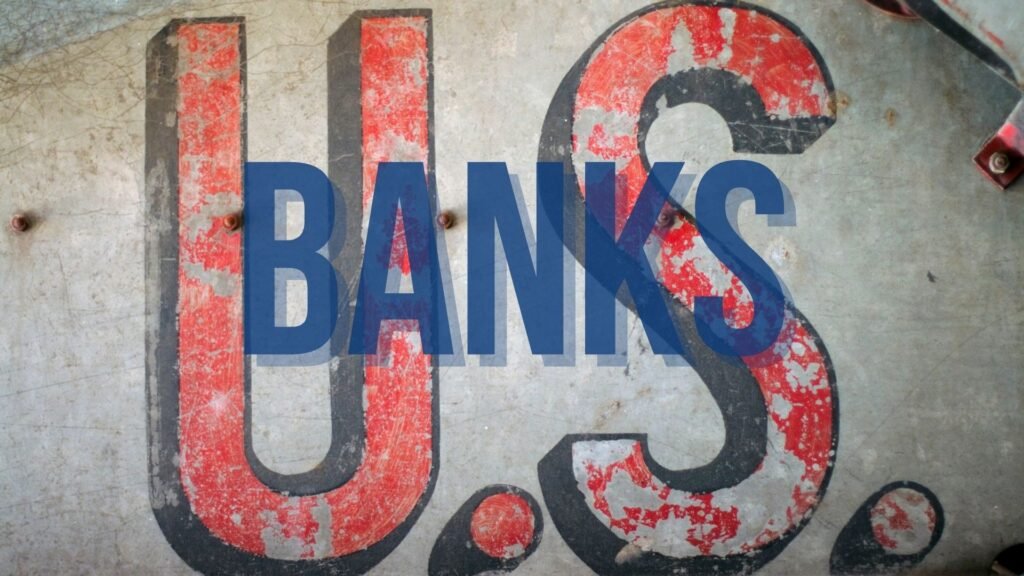
The systemic risks in U.S. Banks
First off, the financial strength across the U.S. banks is strong, the banks are well capitalised, even over capitalised. Let’s discuss the accounting entry that allows banks to classify investments as “hold until maturity”. These are securities that are categorized as long-term investments on the asset side of a banks’ balance sheet. Banks typically do not venture much beyond, U.S. treasuries because of the capital requirements. In the case of SVB, they were taking in deposits, but the typical banking activity such as lending was minimal.
Before we get into the guidelines, I want to discuss what is a Deposit for a bank and I want you to grasp the tenor mismatch between bonds held to maturity and deposits. For a bank, a deposit is a liability, deposits fund the asset side of the bank’s balance sheet. In effect as a depositor you are a government guaranteed lender, up to USD 250,000. After this you are a creditor to the bank. In Bankruptcy procedures, as a depositor you are certainly senior to shareholders. The pecking order compared to other stakeholders will be detailed in the fine print in the bank’s documents. In short, as a depositor you are very likely to be an unsecured creditor to the bank, so good luck.
If a bank experiences a run-on deposits as SVB did, a bank could have to sell securities. As SVB did and the realised loss was USD 1.8 billion. With that said these are the following guidelines for accounting classification of securities held to maturity.
- Initial recognition: Securities held until maturity are initially recognised at cost, this includes at transaction costs.
- Valuations: After initial recognition, securities held to maturity are measured using the effective interest method and the amortised cost basis. Consequently, any premiums or discounts are amortised over the life of the security, and interest income is recognised based on the effective interest rate.
- Impairment: If the security’s value has decreased, an impairment loss should be recorded on the income statement. The recognition of impairment losses occurs when the carrying amount of a security exceeds its fair value.
- Disclosures: Companies must disclose on their balance sheets the fair value and carrying amount of their securities held to maturity. In addition, they should describe the methods and assumptions used to determine the fair value.
When a security held to maturity is sold or matures, the difference between the sale price or maturity value and the carrying amount is recognized in the income statement.
At the time of purchase, the bank must have the intent and capacity to hold securities until maturity. If the intention or ability to sell a security changes, it should be reclassified as available for sale or held for trading, and the accounting treatment would be adjusted accordingly.
SILICON VALLEY BANK
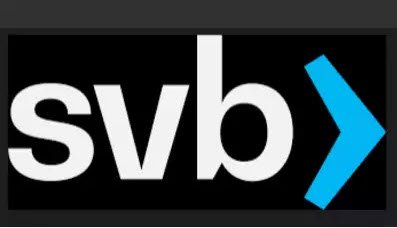
the story of Silicon Valley Bank
SVB was founded in 1983 has focused on providing commercial banking, asset management, investment banking services. Headquartered in Santa Clara, with only 16 branches, SVB business based has centred on the Tech and Biotech industries. Included in SVB’s client network are the Venture Capital and Private Equity Funds (PE Funds). Their role is to provide, startups and early-stage companies in these industries, with capital and managerial guidance. SVB has been a popular choice, or even the go to for startups and growing Tech and Biotech companies. Many of these companies are in the “cash burn” phase, yet to make money or due to the downturn in business have been pushed back in cash burn.
Thus, over the past 5 years SVB was able to quadruple total assets and just over 12 months ago market cap exceeded USD 44 billion. All very different from Friday’s Market Cap of USD 6.3 billion. Further complicating the situation, the market value SVB’s bonds plunged to around 45 cents on the dollar for the senior debt, the junior debt is practically worthless falling to a low of 12.5 cents. If a financial saviour is not found the SVB bondholders are facing substantial losses.
The key issue is that many companies and some could be the clients of SVB, may not have been viable in a normal interest rate environment. Funding growth for all companies becomes a different exercise when cash rates move from around 25bps to around 5%.
AN ISOLATED EVENT OR CONTAGION

SVB an isolated event or contagion in the Bank Sector?
Certainly, SVB collapse has highlighted how ending the era of cheap or “free” money is exposing vulnerabilities in the market. Interest rate tightening by the U.S. Federal Reserve and other central banks to fight inflation is set to continue. Thus the combined impact of rising interest rates and SVB sent bank shares tumbling over the past week. All in all, it is estimated that the U.S. banks have lost over USD 100 billion market capitalisation. The four major banks combined lost around half of this or USD 53 billion in market value. While European banks being less exposed to SVB factors lost around EUR 50 billion in market value. Many U.S. regional banks such as First Republic Bank and Western Alliance, stated their liquidity position and deposit base remains sound.
Certainly, there is a domino effect, regarding banks share prices. However, the SVB situation is not common to other banks such as the Saving and Loan Crisis was in 2008. This led to the demise of Washington Mutual (WaMu).
SVB'S FUTURE
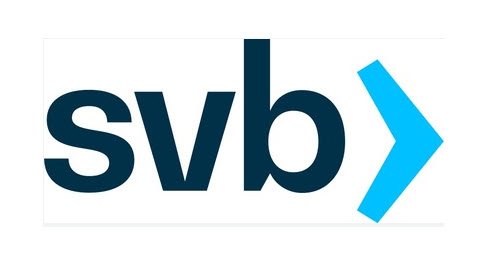
What will happen to SVB?
It is Game Over for SBV as a bank holding company, the FDIC has taken control and eventually the Bank will be “sold”. Looking back to WaMu in 2008, when the FDIC seized the Bank and JPMorgan Chase purchased the assets for USD 1.9 billion.
The FDIC, the US agency that insures bank deposits up to USD 250,000 and they announced that insured depositors would have access to their funds by Monday. Initial comments implied that there are only a few depositors in this category, around 4%.
In December 2022, SVB calculated that nearly 96% of its USD 173 billion in deposits were not covered by FDIC insurance. The greater portion of SVB’s clients were startups in Tech, Biotech or Venture Capital and PE funds. If their account balances exceeds the FDIC’s maximum coverage amount, they are not covered by the USD 250,000 maximum. In all likelihood these depositors will receive an initial payment next week. All outstanding amounts above this will depend on the disposition of SVB’s assets, so far not looking good.
SILICON VALLEY

The incestuous business of Silicon Valley
As a regional bank, a large one at that being the 16th largest bank in the U.S, SVB had a very specialised, client and business base. The bank’s clients all knew each other and many had deep pockets, so lots of cash looking for an investment. This allowed SVB to demonstrate the explosive growth over the past 5 years, as mentioned above.
However, as business conditions turned due to rising interest rates, layoffs in the Tech industry increased this incestuous client base became a liability. No one in Silicon Valley or anywhere wants to be stranded on the beach as the tide goes out and the word was out, SVB was failing.
RISK MANAGEMENT

A classic failure in Risk Management
The current phase of rising interest rates hurt SVB in two ways. First, SVB’s clients suffered a downturn in business as their clients reduced tech spending due to fears of a recession. Second, there was a peculiarity in SVB business that lead to its demise. The traditional business of a banks is to raise deposits and make loans, thus generating Net Interest Income. SVB does not have an extensive loan book, because Silicon Valley already has extensive funding sources via Venture Capital and PE Funds.
Instead, SVB invested in government bonds and as the Fed raised rates the value of these bonds declined, suffering “paper” losses. That was until these paper losses crystalised as SVB reclassified these securities and became a forced sellers of these bonds. SVB had no other option available to fund deposit withdrawals. Now the vicious cycle, the downward spiral has begun. The fact that SVB had lost some money, was not lost on the incestuous environment in Silicon Valley. SVB appeared to be vulnerable and financially unstable.
Fears grew among clients, deposits were withdrawn, more bonds were sold recording ever increasing losses and the cycle continuted.
Finscreener is a powerful financial analysis tool that allows investors and traders to screen and analyze stocks, ETFs, mutual funds, and cryptocurrencies based on various fundamental and technical criteria quickly and easily. The platform provides users with a wide range of filters, charts, and tools to help them find and analyze the right investment opportunities.
SUBSCRIBER TO FINSCREENER, CLICK BELOW
ENTERPRISE RISK MANAGEMENT

Anyone for Enterprise Risk Management?
Anyone? Any company, small, medium or mega must incorporate Enterprise Risk Management (ERM) practices. ERM is a strategic approach to identifying, evaluating, and managing enterprise-wide risks. The process involves a comprehensive and integrated approach to the management of all types of risks. Not only financial, but operational, strategic, and compliance-related risks.
From SEC filings, companies impacted by the collapse of SVB range from startups to larger firms to publicly traded companies. The list of companies includes Roku, Roblox, Quotient and many others. In the Roku SEC filing the amount on deposit amounted to USD 487 million over 1/4 of its cash and cash equivalents.
ERM is critical and involves identifying and mitigating all risks identified. Thus, risks must be assessed for the probability and potential impact. Risks once identified must be ranked as the severity of the potential damage. Once all this has been quantified, a risk mitigation strategy must be implemented. This involves the implementation of controls, the transfer of risks to third parties via reinsurance, or the acceptance of certain risks. All risks must be monitored to ensure that mitigation strategies are effective.
In the case of the clients of SVB, ERM was at best a passing consideration. In the case of Roku deposits should have been spread across many financial institutions. Clearly no comprehensive and integrated risk management strategy was implemented at Roku. The ERM was non-existent and the decision-making process in a listed company was a debacle.
BANK CAPITAL AND LEVERAGE

BANK CAPITAL AND LEVERAGE
In order to satisfy the requirements of investors and rating agencies, U.S. banks tend to aim to maintain a high level of capital. Of course, the average leverage ratio for a U.S bank can vary widely depending on, the size and business model of the bank. The leverage ratio is a measure of a bank’s capitalisation, in turn, financial strength. The leverage ratio is calculated as the ratio of its Tier 1 capital to its total assets. Tier 1 capital is comprised of the bank’s common equity and retained earnings. An indication of the level of Shareholder’s funds that are committed to a bank, SVB was endeavouring to raise Tier 1 capital last week.
As of 2021, the average leverage ratio for large U.S. banks was around 10%, according to data from the Federal Reserve. This is higher than the regulatory requirements demonstrating their combined financial strength, U.S. banks are well capitalised. Banks are required to maintain a leverage ratio of at least 4% under regulatory guidelines, this can vary widely depending on the specific bank and its business model. Regional or community banks may have higher leverage ratios due to their focus on traditional lending activities and lower-risk business models. Conversely, large investment banks may have lower leverage ratios due to their focus on trading and other high-risk activities.
SAVING AND LOAN CRISIS
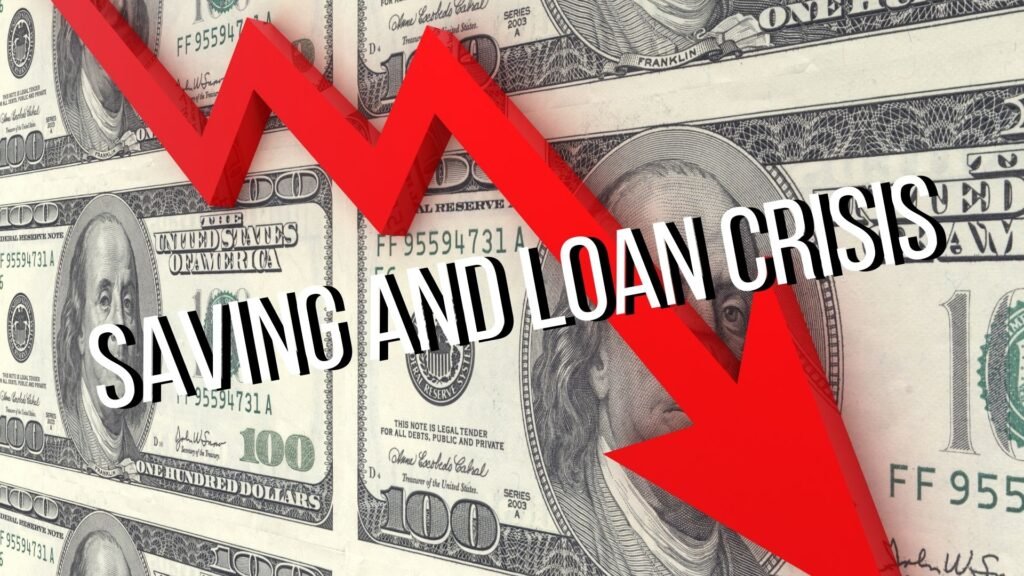
SAVING AND LOAN CRISIS
Washington Mutual Bank, WaMu, was a large savings and loan bank in the United States. The bank was founded in 1889 and grew to become one of the largest financial institutions in the country, with assets of over USD 300 billion. WaMu was seized by the FDIC in 2008, the same action taken against SVB on Friday.
The collapse of WaMu was caused by a combination of factors. Primarily exposure to risky subprime mortgages being its assets and a decline in housing prices, collateral for these assets. WaMu, and other banks extended loans to borrowers with poor credit histories, in short risky lending practices. These two factors combined led to a run on the bank by depositors. Thus, the SVB situation is not a systematic risk to U.S banks as the Saving and Loan Crisis was.
The collapse of WaMu was one of the largest bank failures in U.S. history and was a major event in the 2008 financial crisis. The sale of Bear Stearns and the failure of Lehman Brothers were other key events. The WaMu collapse had significant implications for the U.S. economy, as it contributed to a general loss of confidence in the financial sector. This has led to increased government regulation of the banking industry.









3 Responses